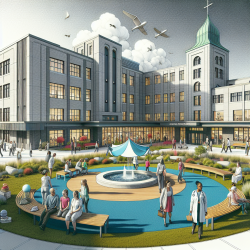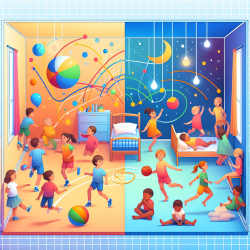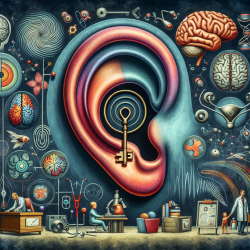Introduction
The architectural design of adolescent psychiatric hospitals plays a crucial role in the well-being of both patients and staff. A recent study titled "Architectural Design Qualities of an Adolescent Psychiatric Hospital to Benefit Patients and Staff" sheds light on how specific design strategies can create a healing environment conducive to recovery and staff satisfaction. This blog will explore key findings from the study and offer insights for practitioners looking to enhance their therapeutic environments.
Key Architectural Design Qualities
The study identifies several essential design conditions that contribute to the success of adolescent psychiatric hospitals:
- Architectural Composition: A flexible layout that promotes freedom of movement and interaction is vital. Open floor plans that respect patient autonomy while ensuring staff visibility are recommended.
- Atmosphere: Creating a home-like, stress-free environment enhances the well-being of both patients and staff. This includes pleasant acoustics, privacy options, and aesthetically pleasing design elements.
- Lighting: Integrating both natural and artificial lighting can significantly impact the recovery process and staff productivity. Adequate lighting supports circadian rhythms and reduces stress.
- Natural Environment: Incorporating biophilic design elements, such as gardens and nature-centric spaces, can promote healing and provide therapeutic benefits.
- Safety and Security: Ensuring a safe environment with clear visibility, anti-ligature equipment, and appropriate boundaries is crucial for preventing self-harm and aggression.
Implications for Practitioners
Practitioners can implement these findings to enhance the therapeutic environment in their facilities:
- Consider flexible layouts that allow for varied interactions and activities, fostering a sense of community and autonomy among patients.
- Create a welcoming atmosphere with thoughtful design choices that prioritize comfort, privacy, and aesthetic appeal.
- Ensure adequate lighting throughout the facility, balancing natural and artificial sources to support health and well-being.
- Incorporate natural elements into the design, providing patients and staff with access to outdoor spaces and nature-inspired interiors.
- Focus on safety by designing spaces that minimize risks and enhance staff's ability to monitor and support patients effectively.
Encouraging Further Research
While the study provides valuable insights, there is always room for further exploration. Practitioners are encouraged to conduct their own research and adapt these strategies to their specific contexts. By doing so, they can continue to improve the therapeutic environments in adolescent psychiatric hospitals, ultimately benefiting both patients and staff.
To read the original research paper, please follow this link: Architectural Design Qualities of an Adolescent Psychiatric Hospital to Benefit Patients and Staff.










